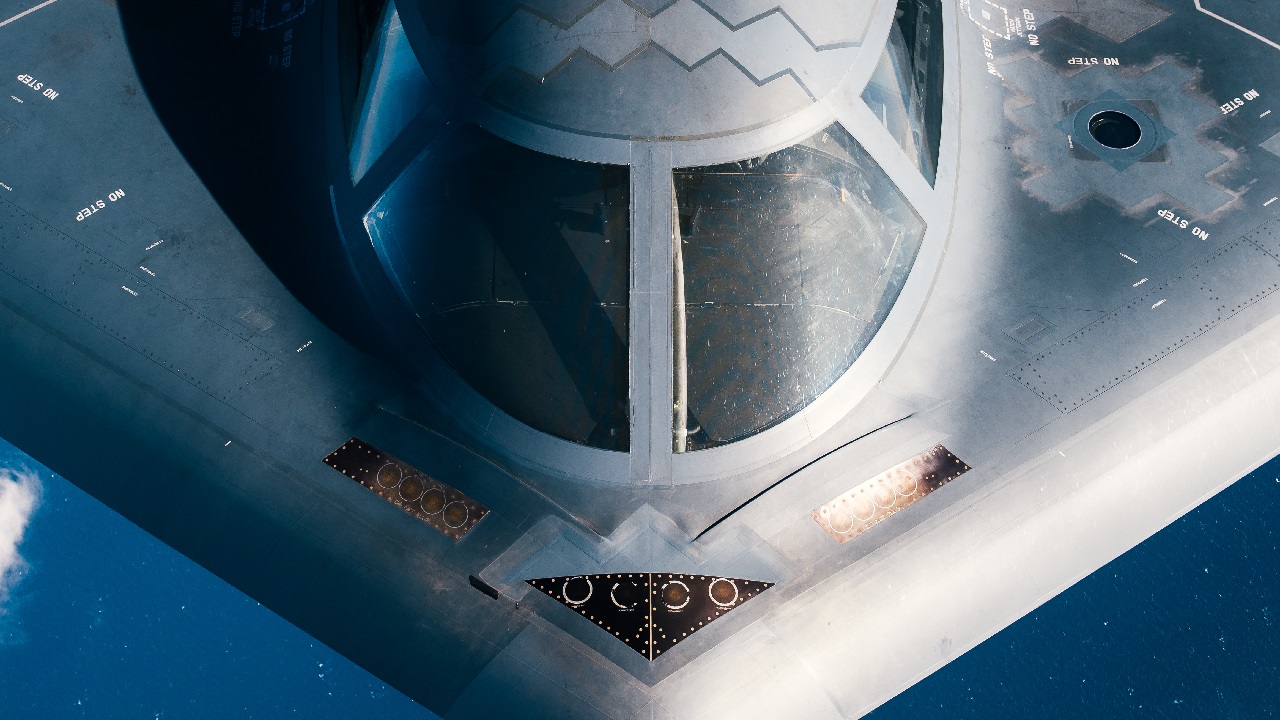It might seem like the stealthy, bat-winged B-2 bomber is being slightly eclipsed by the celebrated and much-anticipated arrival of the Air Force’s new B-21 bomber.
Yet, the service continues to take vigorous measures to ensure the small fleet of 20 B-2 bombers remain relevant, highly lethal, and important to future operations.
The first and perhaps most pressing reason for this can be understood in terms of timing and fleet size, as the Air Force has long planned to ensure the B-2 remains effective and flies alongside the B-21 until sufficient numbers of the new B-21 Raider arrive.
While the Air Force is planning to add at least 100 B-21s, the aircraft will of course arrive incrementally over a number of years, and the Air Force cannot leave itself vulnerable with a problematic bomber deficit.
In recent years, senior Air Force leaders have been clear that, even at current and anticipated levels for the immediate future, there are simply not enough bombers to meet Combatant Commander demand.
This means the B-2 will not only continue to fly, but operate with a wide range of performance-enhancing upgrades to ensure it remains highly effective against emerging advanced air defenses such as Chinese HQ-9s and Russian S-400s and S-500s.
There is a variety of cutting-edge enhancements intended to enable the B-2’s ability to operate in extremely high-threat modern environments, such as the ongoing addition of new, air-defenses detecting sensors, high-speed computing, and weapons applications. In recent years, the Air Force and Northrop Grumman have been adding new sensors called Defensive Management Systems, which help pilot crews identify the location of air defenses so as to effectively avoid flying within their radar aperture or minimize the risk of exposure to ground fire.
B-2 Computing and Weapons
Other B-2 enhancements involve U.S. Air Force and Northrop Grumman collaborative efforts to integrate new computer processing which is 1,000-fold faster than existing or previous computers. While many additional details regarding upgrades to the B-2 are understandably not likely to be available for security reasons, clearly faster computing is likely to greatly improve targeting, sensing, and networking with other platforms across a joint, multi-domain operational environment. There may be AI-related enhancements and gateways added to enable data sharing across otherwise incompatible transport layers such as RF signals, satellite-transmitted data, or other kinds of wireless technologies and datalinks able to link the B-2 as a surveillance and target-sharing “node” across dispersed multi-domain formations.
The B-2 is also receiving weapons enhancements, such as the upgraded nuclear B-61 Mod 12 variant, a new variant of the decades-old B-61, which combines different variants into a single munition. The “mod 12,” as it is called, combines the ability to drop earth-penetrating nuclear missions, above-ground “area” detonations, and lower-yield applications to tailor a nuclear strike for a specific operational purpose. This allows a greater envelope of attack possibilities for a single bomb, increasing efficiency and removing the need to carry large numbers of different variants.
Kris Osborn is the Military Affairs Editor of 19FortyFive and President of Warrior Maven – Center for Military Modernization. Osborn previously served at the Pentagon as a Highly Qualified Expert with the Office of the Assistant Secretary of the Army—Acquisition, Logistics & Technology. Osborn has also worked as an anchor and on-air military specialist at national TV networks. He has appeared as a guest military expert on Fox News, MSNBC, The Military Channel, and The History Channel. He also has a Masters Degree in Comparative Literature from Columbia University.
From 19FortyFive
Footage Shows World War I Guns Being Used in Ukraine
‘Vacuum Bombs Destroyed’: Ukraine Footage Shows Putin’s Thermobaric Rockets Destroyed
BOOM! Ukraine Video Shows Precision Strike on Russian Air-Defense System

